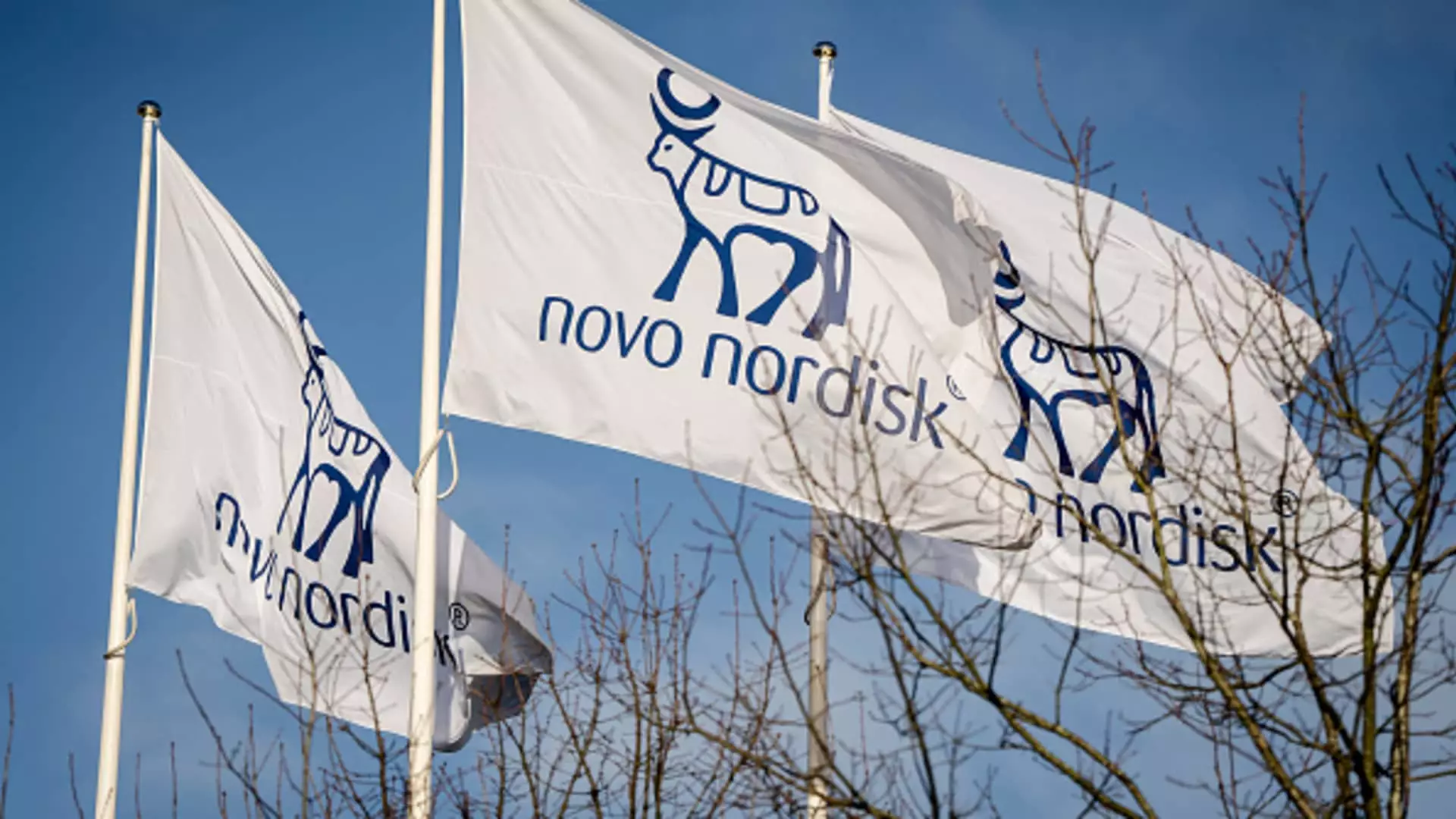In an age where chronic diseases like diabetes are on the rise globally, a glimmer of hope emerges with Novo Nordisk’s latest breakthrough: Rybelsus. This oral medication, currently used for Type 2 diabetes management, has shown promising cardiovascular benefits that could accurately reshape treatment protocols. With findings that reveal a stunning 14% reduction in the risk of cardiovascular-related mortality, heart attacks, and strokes, Rybelsus could provide a necessary lifeline for countless patients burdened by both diabetes and heart disease. Presented at the American College of Cardiology’s Annual Scientific Session, this development marks an exciting chapter in medical history, demonstrating how innovative solutions can tackle complex health issues more effectively.
A Comprehensive Trial with Equally Dramatic Results
The late-stage trial, which enrolled over 9,600 patients aged 50 and older, placed a spotlight on the efficacy of Rybelsus against a placebo group. Over an average period of nearly four years, participants were closely monitored for cardiovascular complications while on their standard treatment regimens. Approximately half of the participants were also on SGLT2 inhibitors, which further facilitated the potential for positive outcomes. Astoundingly, the results indicated that while 12% of Rybelsus users experienced serious cardiovascular events, that figure jumped to 13.8% for those sticking to a placebo, making the case for Rybelsus all the more compelling. The real heroes of this study, however, were non-fatal heart attacks and strokes, showcasing a staggering 26% and 12% reduction in risk, respectively, for Rybelsus users.
What Sets Rybelsus Apart?
One of the more notable features of Rybelsus is its suitability for those who are averse to injections—fairly common among individuals managing chronic diseases. This pill may well be the answer for patients who experience anxiety or discomfort with needles. Indeed, Dr. Stephen Gough, Novo Nordisk’s global chief medical officer, emphasized the importance of providing treatment options that cater to patient preferences and comfort, sparking a shift in how healthcare professionals can navigate discussions with their patients about the most appropriate intervention.
Moreover, Rybelsus is a part of the larger GLP-1 receptor agonist class which has already made waves with options like Ozempic and Wegovy. The fact that both Rybelsus and its injectable counterparts share the active ingredient semaglutide suggests a significant overall strategy in diabetes treatment, deploying a versatile approach to accommodate individual patient needs.
The Broader Implications of Cardiovascular Benefits
By tangling with the intertwined fate of diabetes and cardiovascular diseases, Rybelsus presents transformative potential that could alter the prevailing paradigms guiding clinical practice. The American College of Cardiology, in light of these results, can bolster their advocacy for integrating cardiovascular health with diabetes management strategies. The unexpected yet pronounced cardiovascular benefits exhibited by Rybelsus echo findings from earlier trials involving injectable GLP-1 drugs, thus reinforcing the argument that these medications are seemingly part of a broader therapeutic trend that could have seismic effects in chronic disease management.
Yet, it is crucial to observe that while excitement is warranted, the potential side effects must be taken into account. Gastrointestinal issues, although common and often manageable, can deter some from adhering to the prescribed regimen. Therefore, while Rybelsus shines as a beacon of hope, it must also occupy space in a pragmatic dialogue about risks and benefits.
The Competitive Landscape and Future Directions
Unquestionably, Rybelsus’s impressive performance in clinical trials puts it in a strong position, but it’s worth noting that the pharmaceutical landscape is competitive. Companies like Eli Lilly are hot on the heels of Novo Nordisk, pursuing their own avenues for oral GLP-1s tailored for diabetes and related conditions. This race for innovation is healthy, as it may push the envelope further, making treatments more effective, accessible, and intuitively patient-centered.
As discussions for regulatory approval expand to include cardiovascular applications, stakeholders—including healthcare providers, patients, and regulators—must advocate for evidence-based policies that foster the rapid integration of breakthrough medications like Rybelsus into routine care practices.
Ultimately, the implications of Rybelsus are profound, not just as a drug but as a harbinger of a future where chronic conditions are tackled with innovative solutions that prioritize patient experience and health outcomes. This promises to be a powerful motivator for change in a healthcare landscape rife with challenges.

